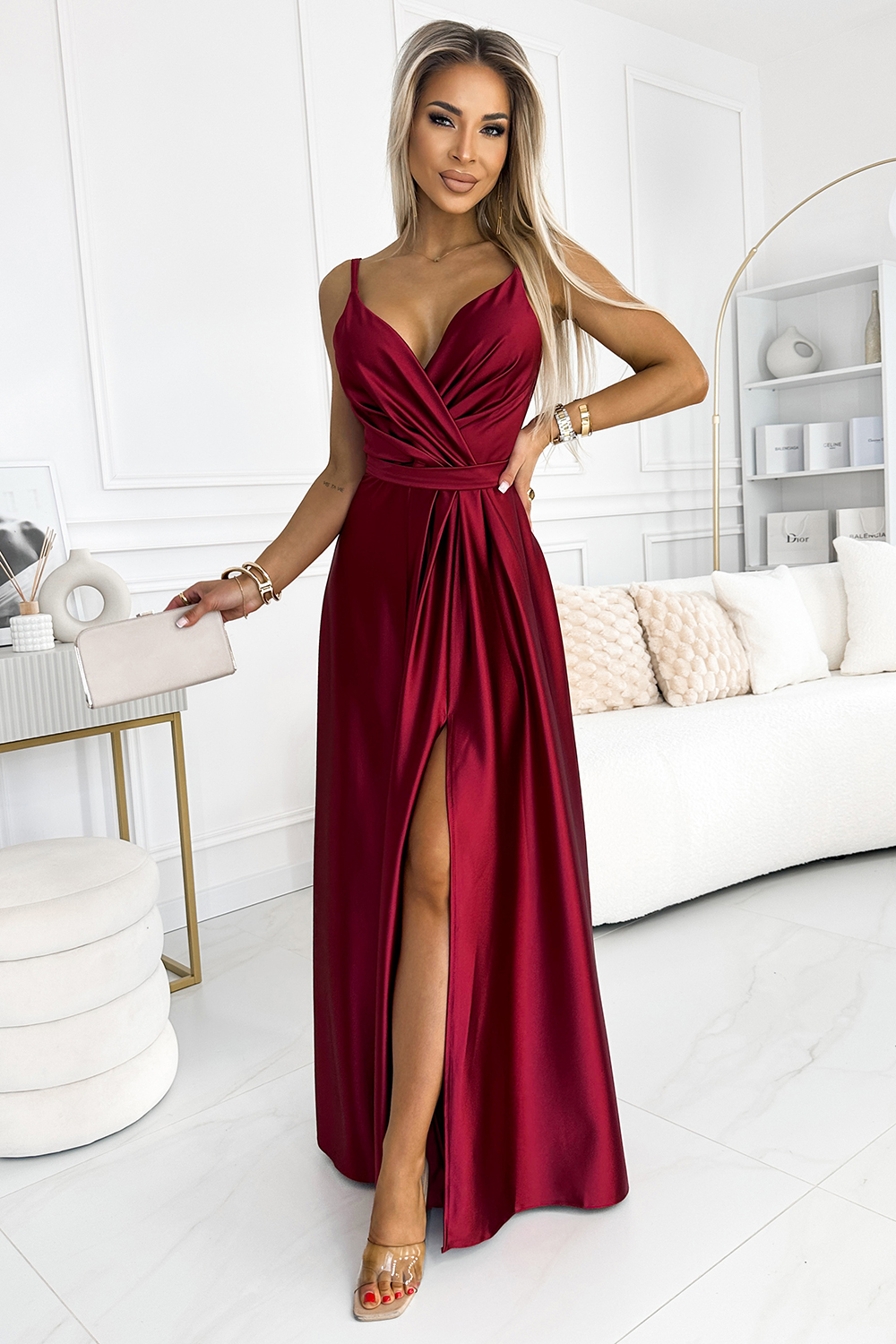A nostalgic fashion moment unfolded in Milan when two iconic figures from cinema reappeared side by side, reminding audiences of the lasting influence of style and storytelling.
The world of fashion thrives on reinvention, but it also celebrates moments that connect past and present in unforgettable ways. During Dolce & Gabbana’s most recent show in Milan, the presence of Miranda Priestly and Nigel seated front row stirred both excitement and reflection among attendees and fans alike. This reunion transported audiences back to one of cinema’s most memorable depictions of the fashion industry, while simultaneously showcasing how art, celebrity, and high couture continue to intersect on global stages.
The power of cinematic fashion icons
The characters of Miranda Priestly and Nigel became cultural touchstones after their debut in the film that redefined how the fashion world was portrayed on screen. Their sharp wit, commanding presence, and distinctive approach to creativity have remained etched in popular culture, influencing not only viewers but also how the industry perceives itself. Seeing them together once again, this time off the screen and in the heart of a major fashion week event, created an atmosphere of reverence mixed with curiosity. Was this a nod to the film’s legacy, a playful acknowledgment of its enduring relevance, or perhaps a reminder that fashion and performance are forever intertwined?
Dolce & Gabbana has long mastered the art of blending tradition with spectacle, and inviting such recognizable personalities to their front row only reinforced the brand’s alignment with timeless glamour. The designers, known for celebrating both Italian heritage and global celebrity culture, set the perfect stage for a reunion that captured international media attention. It wasn’t just about who walked the runway, but also about who sat in the spotlight, interpreting the show through their mere presence.
The influence on the culture of fashion week
Fashion weeks globally have evolved into events that highlight more than just seasonal collections. They now serve as cultural spectacles where appearances by celebrities, artistic partnerships, and viral incidents can hold as much significance as the clothing featured. Within this context, the reunion of Priestly and Nigel did more than create excitement; it highlighted the concept that storytelling in fashion transcends the runway.
For attendees, the sight of these two figures carried symbolic weight. Miranda Priestly’s image has come to represent authority, discernment, and a sharp eye for style, while Nigel embodies creativity, mentorship, and the resilience required to thrive in demanding environments. Together, they form a dynamic balance of discipline and innovation—qualities that resonate not only in film but also in real-world fashion dynamics. The Milan audience, composed of editors, buyers, celebrities, and influencers, responded with enthusiasm, as if witnessing a fictional narrative seamlessly blending into reality.
This blurring of boundaries reflects how fashion is increasingly tied to entertainment. Social media amplified the moment instantly, with images and videos spreading across platforms, sparking conversations not just about Dolce & Gabbana’s designs but also about the cultural memory the reunion evoked. It highlighted how a single event can generate layered meaning: one part marketing, one part nostalgia, and one part celebration of the artistry behind both fashion and film.
Fashion as a bridge between eras
The decision to seat Miranda Priestly and Nigel together is emblematic of how fashion often serves as a bridge between different cultural eras. The show itself was a statement of continuity, bringing together heritage craftsmanship and modern aesthetics. In a similar vein, the reunion symbolized how legacies are carried forward, reinvented, and given new life in contemporary contexts.
For fans of the original film, the moment was a reminder of how deeply stories can shape our perception of industries, inspiring interest in careers, artistry, and personal expression. For those less familiar, it offered a striking visual of two commanding personalities embracing their connection to fashion in the real world. Either way, the gesture underscored the universality of fashion’s language—it can speak to memories, aspirations, and identities all at once.
Dolce & Gabbana’s Milan presentation was already poised to attract global attention, but the front-row reunion elevated it into something far greater than a traditional runway event. It became a cultural happening, demonstrating the unique ability of fashion to honor its own history while charting bold new directions.
As the applause faded and the show concluded, the images of Miranda Priestly and Nigel seated together lingered in the collective imagination, symbolizing not just a return to glamour but also the ongoing dialogue between art, fashion, and storytelling. In an industry defined by constant change, moments like these remind us that some icons never lose their shine; they simply evolve, taking on new roles in a narrative that continues to unfold season after season.




